Ukraine Is Defending Itself With Money Europe Doesn't Have
Authored by Ian Proud,
The ugly truth is that an end of the Ukraine war may have as devastating economic and political consequences for Europe as its continuance...
Ukraine already faces a $63 billion U.S. dollar funding shortfall in 2026 and I would be surprised if this figure doesn’t increase if the war continues. Ukraine’s massive fiscal splurge is driven by two factors
-
The enormous cost of maintaining a standing army of almost one million people;
-
The vast expense of importing weapons from the west to fight the war.
Weapon purchases are not sources of productive investment as they are literally burned in the heat of battle.
The same, of course, is true for Russia.
Both countries saw reducing economic growth in 2025, with Ukraine’s at 2.1% and 1.5%.
And, western pundits would point to this as evidence that Ukraine’s economy is performing better.
But the opposite is true.
Russia’s economy is around twelve times larger than Ukraine’s nominally and just over ten times larger when you look at GDP using purchasing power parity.
You can see this in the defence spending numbers.
Russia spent a record $143 billion on defence in 2025 compared to around $60 billion for Ukraine, so around 2.3 times higher. Yet, Russian defence spending amounted to just 6.3% of its GDP whereas for Ukraine it was 31.7%. So, massive spending on defence is a much less pivotal issue for Russia in terms of its economic fortunes.
Defence spending represents a far smaller proportion of total economic activity than it does for Ukraine. And Russia can afford to pay for its defence needs with its own finances, while Ukraine is entirely dependent on money from western donors to keep the war going.
Despite the massive cost of war, Russia ran a fiscal deficit of just 1.7% of GDP in 2025.
That is still well below the EU fiscal rule of 3% of GDP with some countries like France and Poland having deficits at or more than double that figure.
Ukraine’s fiscal deficit on the other hand was around 20% of GDP.
That gap had to be filled by foreign funding as it has debt of 107% of GDP and is cut off from foreign lending.
So, hence the EU stepping up with a loan of 90 billion Euros, two thirds of which is earmarked for defence.
Russia on the other hand has debt of around 15% of GDP and doesn’t really need to borrow heavily to keep its war effort afloat. By the way, 15% of GDP is far lower than the U.S. or any European nation, many of which, like Ukraine, have debt levels of over 100% of GDP.
Ukraine is defending itself with money Europe doesn’t have.
Despite the shock of sanctions, Russia doesn’t have to break the bank nor boost its lending significantly.
This also means that when the war eventually ends, Russia will be able to make the economic transition back to peace in a less painless way.
Russia will be under no pressure to impose massive cuts to defence spending to live within its means and can instead do so gradually.
Ukraine on the other hand faces a massive financial cliff edge when the war ends.
Ukrainian economic growth according to the OECD is set to fall further to 1.7% in 2027 if the war continues.
And that assumes continued large injections of capital from outside countries. In 2025, Ukrainian defence spending made up 31.1% of Ukrainian GDP, and two thirds of state budgetary expenditure. None of that spending goes into improving Ukraine’s weak economy.
With all of the support that it receives, Ukraine’s GDP in 2025 amounted to just under $210 billion according to the IMF.
Bear in mind here that Ukraine received $52.4 billion in external financing in 2025, or around one quarter of its GDP at the end of the year.
Take away foreign funding and Ukraine suddenly sees its economy shrink by over 20%.
Or, put it another way, take away the war and Ukraine sees its economy shrink by over 20%.
Russia simply does not face the same problem.
Rather, an end to the war may help Russia to get inflation – perhaps its biggest economic challenge – under control as economic activity returns to its normal rhythm.
But still the question arises, how come Ukraine has grown so little when it received so much foreign funding?
One big reason is that Ukraine recorded a trade deficit of $30 billion over the same period, a record according to the National Bank of Ukraine.
So, $52 billion in foreign money came into Ukraine during the year and $30 billion went straight back out again.
Because Ukraine’s massive trade deficit is fuelled by two things.
-
First, a huge increase in the import of weapons from western suppliers which have doubled since 2022, not least as they are no longer being provided free of charge.
-
Second, Ukraine has increased its imports of natural resources, in particular a massive increase in gas imports, because domestic production has been hit hard by the war. Coal is another area, as Russia has swallowed up important coal mines in the Donbas.
Not all of that deficit in trade will be recoverable even after the war ends, even if Ukraine was able to reduce the overall size of its trade deficit.
By comparison, Russia’s surplus of trade in goods was already at over $100 billion by October 2025, although the overall trade picture is narrower, at around $36 billion because of a significant deficit in services trade, including from large numbers of Russians who have moved overseas since the war started.
An end to the war, if anything, may allow Russia’s trade surpluses to grow further. A future relaxation on the import of natural resources into Europe could mean that Russia benefited from already increased trade with Asia and renewed trade with Europe.
In any case, the consistent surpluses that Russia pulls in both help shore up economic growth and foreign exchange reserves, which in 2025 grew by over $135 billion to a whopping $734 billion.
And just to be clear, Russia put their reserve funds almost completely into gold which now stand at over $310 billion.
One big reason for Russia storing its reserves in gold is to keep them clear of the stealing hands of western bureaucrats, who froze around $300 billion in reserves at the start of the war.
This means that Russia has a surplus of $434 billion in foreign exchange reserves which is almost completely insulated from western expropriation. The $10 billion rise in foreign currency reserves in 2025 was undoubtedly caused by an accumulation of reserves in non-dollar, Euro and sterling currencies, suggesting the move to greater trade in Chinese Yuan and Indian rupees.
An end to the war may at some point lead to the unfreezing of immobilised Russian assets in the U.S., Europe and Japan.
Ukraine’s reserve position is also comparatively strong, at $57.3 billion at the start of 2026, a record figure. However, that rise is completely down to inflows of foreign capital to fund the war effort. An end to the war would likely shrink Ukraine’s reserves as its stubborn trade deficit was not being offset by foreign inflows of funds as they had been during war.
But it’s the sudden and shocking loss of foreign funding that accompanies an end to the war which will cause Ukraine’s economy to shrink dramatically.
But fear not, Europe is determined that Ukraine maintain an army of 800,000 personnel when the war ends. However, this seems more about economic survival than about security.
Ukraine would not be able to pay for such as large army with its own money, as it doesn’t have any money. So, once again, Europe will be forced to step in to meet Ukraine’s financing needs to pay the salaries of soldiers who are no longer in war fighting mode.
This will lead to debt and taxes rising in Europe, according to a recent Kiel Institute study. But it will also lead to a loss of business for European defence firms. Because peace time will inevitably mean a sharp drop in the munitions and military material being burned on a daily basis in the fog of war.
Two thirds of the EU’s recently 90 billion Euro loan to Ukraine will be spent on military support, including weaponry. That has sparked an argument between Germany and France over a proposed ‘buy European’ clause, with France wanting to prevent Ukrainian purchases of U.S. equipment. Perhaps with one eye on the future, the French in typical fashion, are trying to ensure that their firms get a decent share of what could amount to dwindling Ukrainian orders for weapons.
A bit like the French army, Europe is reversing itself inevitably into economic defeat when the war ends.
Obligated to keep an economically failed Ukraine on life support.
Having to increase its debt and taxes to support bad foreign policy decisions it has been taking since 2014.
Trying to boost its defence industrial complex but losing business with the end of war.
For the mainstream political parties in Europe, this adds to the trend of them heading towards electoral Armageddon when they start putting themselves to the polls from 2027 onward.
Until then, they are stuck, knowing that continuing the war will kill them electorally, and knowing that ending the war will too.
To quote my old British soldier dad, they are like the mythical oozlum bird, continually going round in circles until they disappear up their own backsides.
Tyler Durden Wed, 01/21/2026 - 02:00


 Prime Minister Anthony Albanese speaks at Parliament House in Canberra, Australia, on Jan. 19, 2026. Hilary Wardhaugh/Getty Images
Prime Minister Anthony Albanese speaks at Parliament House in Canberra, Australia, on Jan. 19, 2026. Hilary Wardhaugh/Getty Images Member for Kennedy Bob Katter speaks to the media at Parliament House in Canberra, Australia on Jan. 20, 2026. Hilary Wardhaugh/Getty Images
Member for Kennedy Bob Katter speaks to the media at Parliament House in Canberra, Australia on Jan. 20, 2026. Hilary Wardhaugh/Getty Images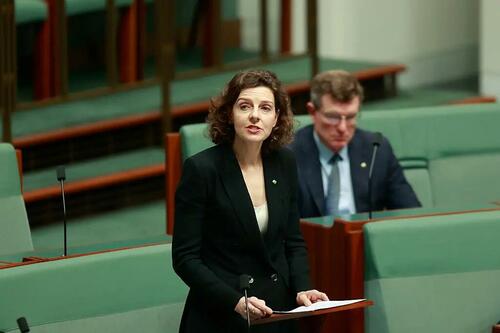 Independent "Teal" Member for Wentworth Allegra Spender speaks in the House of Representatives at Parliament House in Canberra, Australia on Jan. 19, 2026. Hilary Wardhaugh/Getty Images
Independent "Teal" Member for Wentworth Allegra Spender speaks in the House of Representatives at Parliament House in Canberra, Australia on Jan. 19, 2026. Hilary Wardhaugh/Getty Images
 Guards stand outside a cell block at the Center for Terrorism Confinement (CECOT) in Tecoluca, El Salvador, on April 4, 2025. Alex Peña/Getty Images
Guards stand outside a cell block at the Center for Terrorism Confinement (CECOT) in Tecoluca, El Salvador, on April 4, 2025. Alex Peña/Getty Images



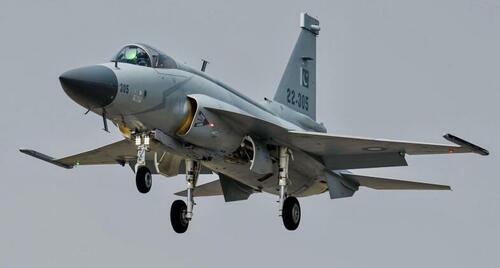 Pakistan Air Force JF-17, via Military Watch Magazine
Pakistan Air Force JF-17, via Military Watch Magazine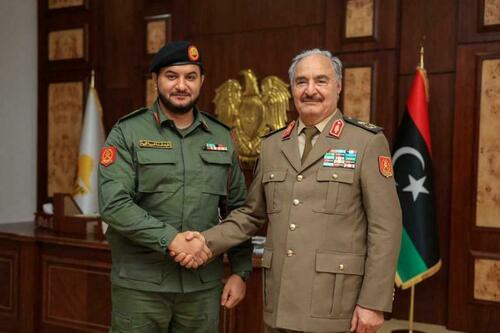 Lieutenant General Saddam Haftar (L) with his father Field Marshal Khalifa Haftar. Source: The Arab Weekly/social media
Lieutenant General Saddam Haftar (L) with his father Field Marshal Khalifa Haftar. Source: The Arab Weekly/social media (from l) Bill Gates, former NIH director Dr. Francis Collins and former NIAID director Dr. Anthony Fauci.
(from l) Bill Gates, former NIH director Dr. Francis Collins and former NIAID director Dr. Anthony Fauci.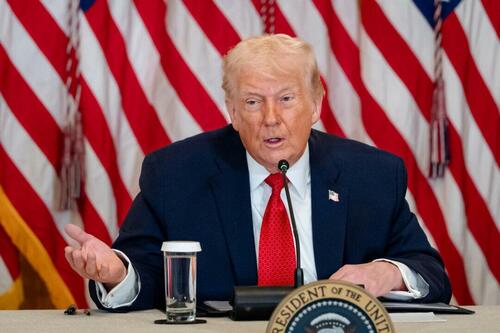 President Donald Trump speaks during the "Great, Historic Investment in Rural Health Roundtable" in the East Room of the White House on Jan. 16, 2026. Madalina Kilroy/The Epoch Times
President Donald Trump speaks during the "Great, Historic Investment in Rural Health Roundtable" in the East Room of the White House on Jan. 16, 2026. Madalina Kilroy/The Epoch Times




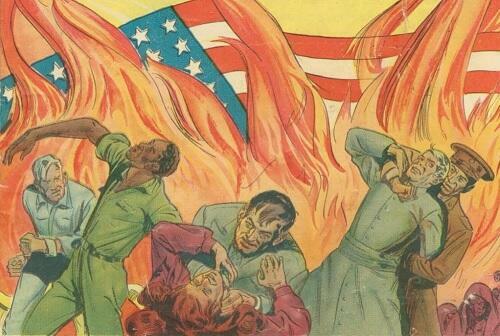


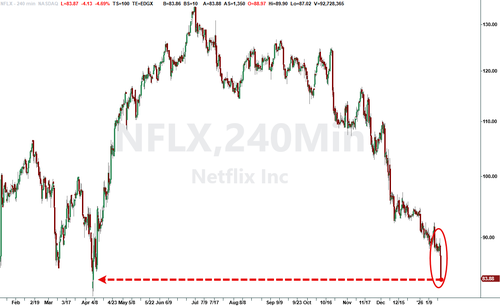


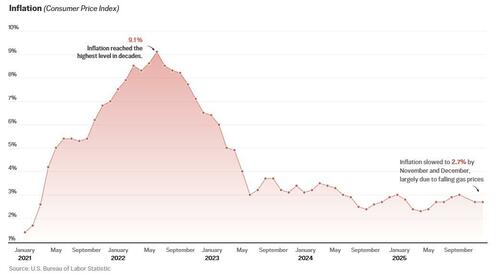

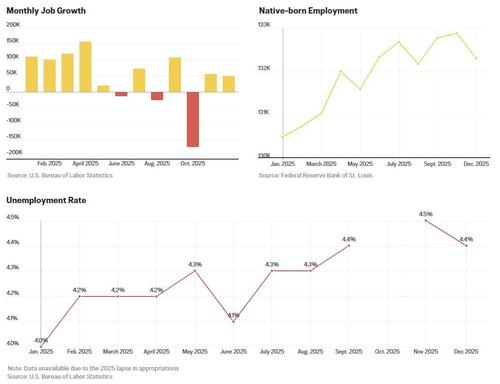
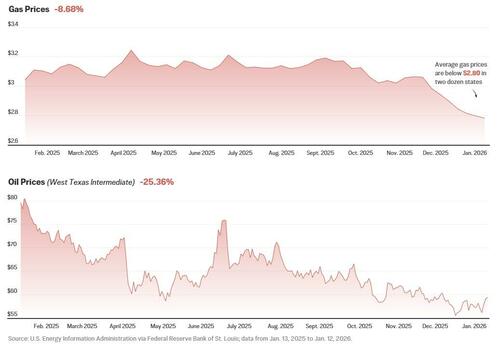



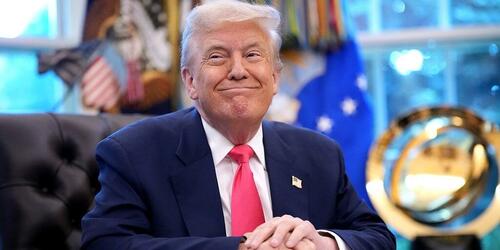
Recent comments